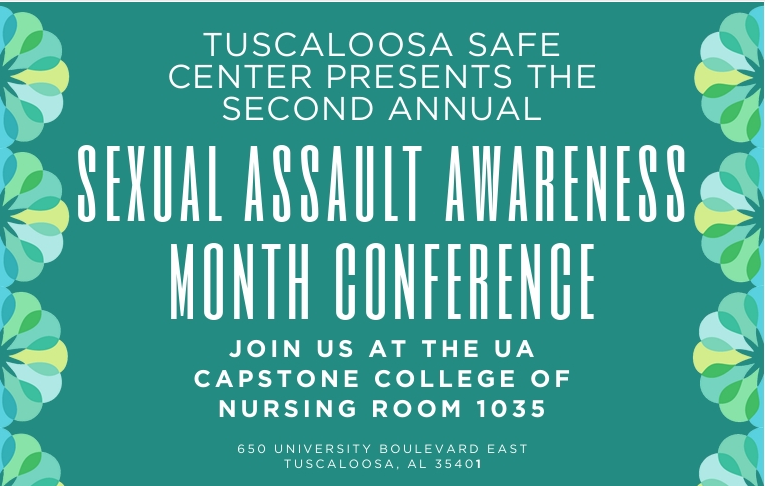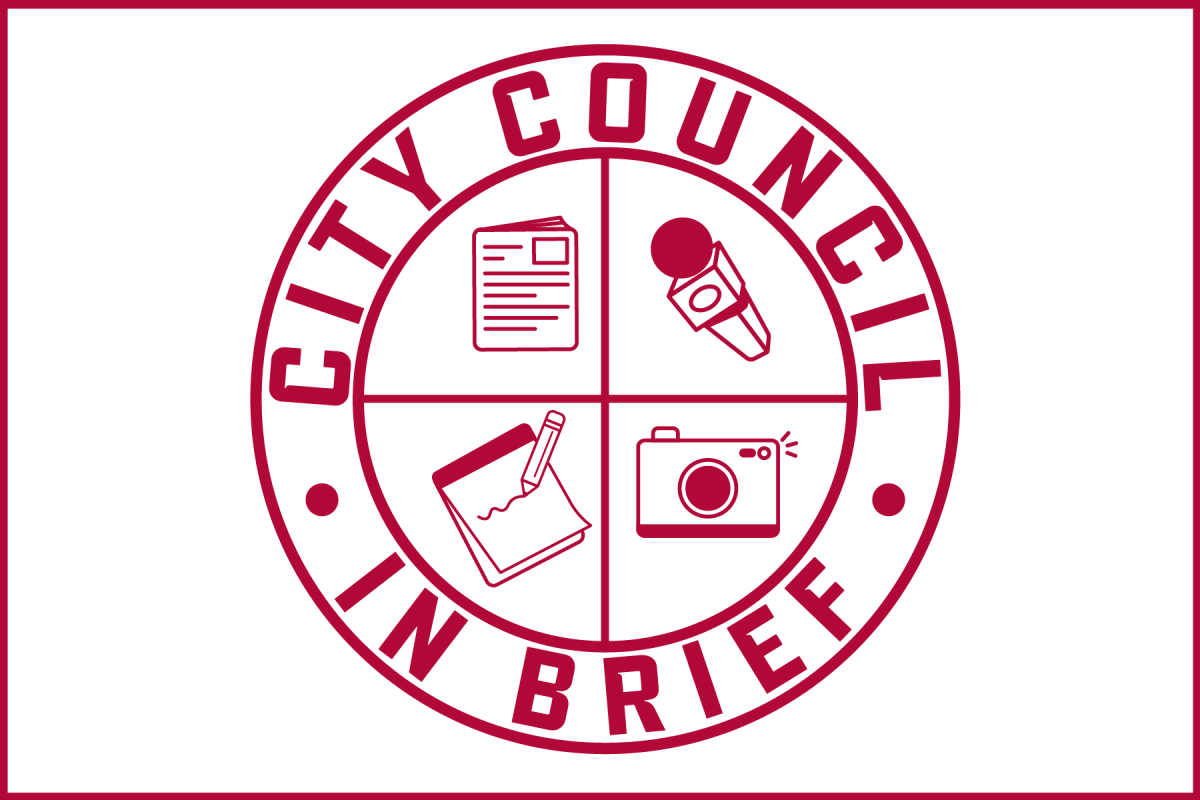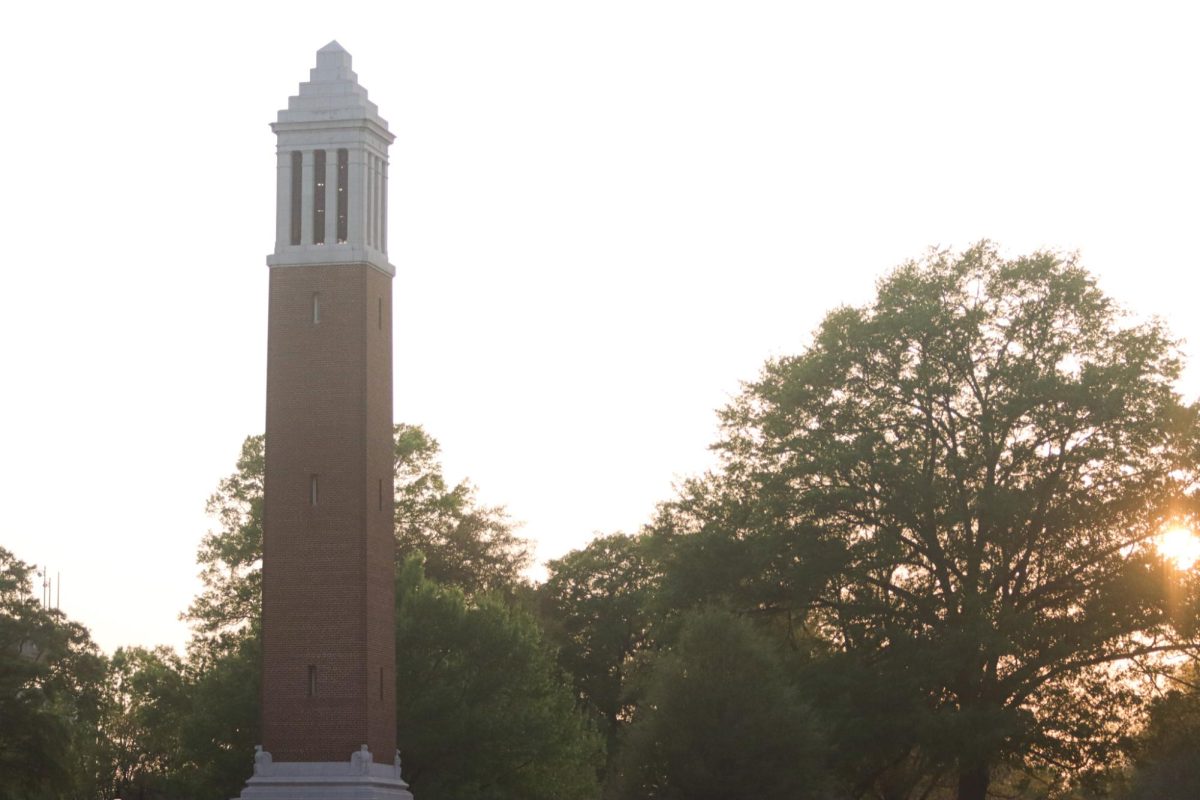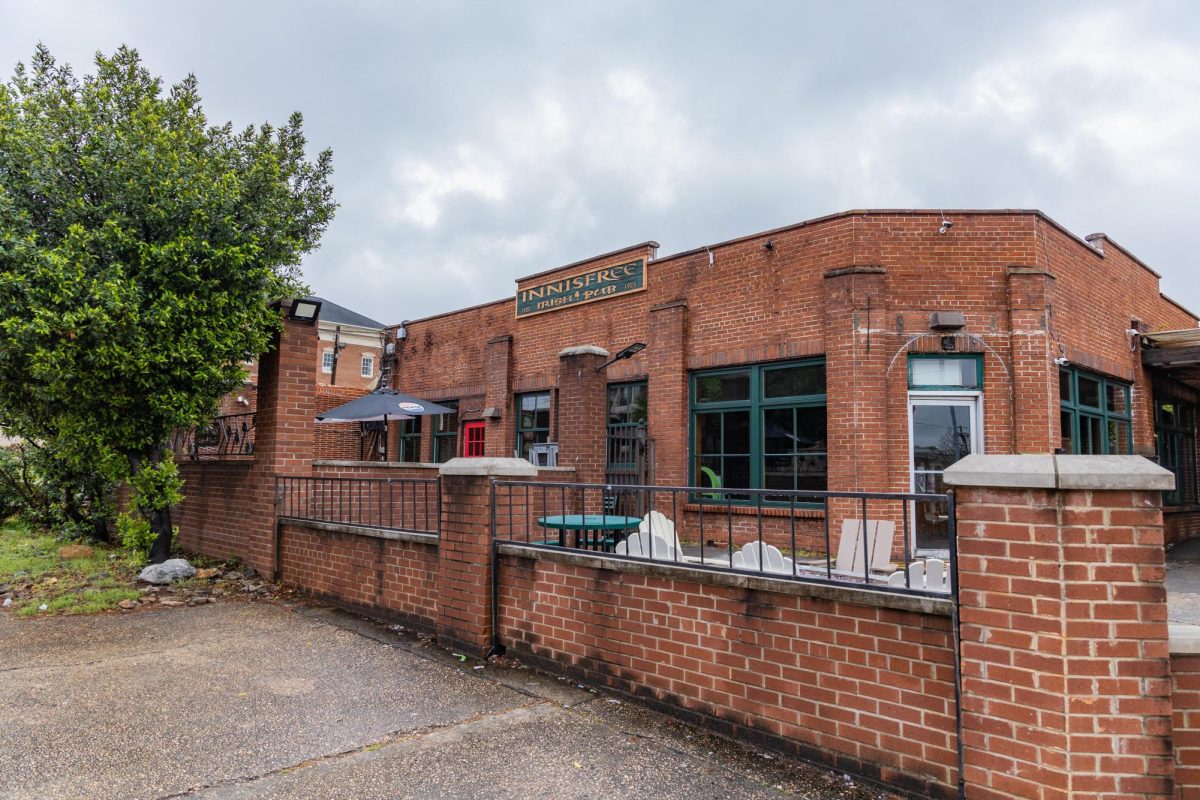The Collegiate Readership Program, sponsored by the office of the provost, provides about 800 copies daily of USA Today and The New York Times to students and faculty as an academic resource, said Jennifer Greer, chair of the University’s department of journalism.
The program, which has been on campus since 2000, provides newspapers to the University at a discounted rate, where they are distributed free to students. The papers are available in 19 academic buildings and some residence halls, Greer said, and students are not charged for this service.
The program is designed to help students be more informed about issues and events. Many classes, such as English 102, incorporate the newspapers as part of their classroom exercises.
“When you come here, it’s a different kind of campus feel when we say that we want students to be informed about not just our campus or our state, but also learn about the nation and the world by reading these papers,” Greer said.
Charles McCullough, a senior majoring in mechanical engineering, said the program is a handy way for him to catch up on news over breakfast.
“I think having easily accessible newspapers makes the student body more aware of what’s going on,” McCullough said. “People are more likely to keep up if they see free papers every day on the way to class.”
Although some students prefer to get news through social media websites, most students prefer to receive their news in print, according to a study conducted by USA Today and four students in April 2011.
“Twitter and online sources are more up-to-date, but it’s hard to replace that crinkly newspaper sound,” McCullough said.
Rishon Hanners, a senior majoring in journalism, said she prefers the feel of a print paper, although she checks news apps on her iPhone.
“I guess you could call me a romantic because I love the smell of print and the feel of holding a paper while reading over a cup of coffee,” Hanners said. “Social media gives me access to a different type of news, but I will always read printed newspapers, magazines and books for as long as they exist in their original form.”
When students must read newspapers for classes, they often discover things related to their interests that they never thought would be in a newspaper, Greer said.
“Some people come from households where reading the paper is not a habit,” Greer said. “They come here, and we kind of force them, in some classes, to read the paper, and when they open it up and realize they can find fashion news in The New York Times or sports stories in USA Today, they realize that they can find things that relate to their lives in newspapers.”
The Collegiate Readership Program takes the University to a different level, Greer said.
“Provost Judy Bonner and Vice Provost Mark Nelson have been great in looking at the numbers each year and seeing what value it brings students, which have given us more reasons to continue to provide this service,” Greer said.
“The idea is to build lifelong learners and lifelong readers. The newspapers scattered around my classrooms at the end of each day are proof that students are reading.”








